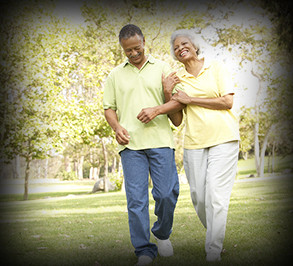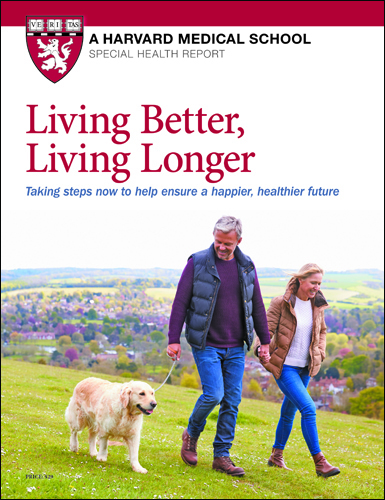Shoes: What to wear?
The shoes you choose to wear every day have a cumulative effect on the health of your feet. Crowded, ill-fitting shoes can lead to blisters, bunions, corns, calluses, hammertoes, and other painful problems. High heels can cause foot problems as well as back pain, postural misalignment, shortened calf muscles, and falls.
A shoe may look comfortable but be a poor fit on your feet. Look for shoes with a wide toe box that doesn’t squeeze your toes together. Women’s shoes are especially prone to being too constricting, and the vast majority of foot problems in women come from wearing tight shoes. Shop for shoes in the afternoon when your feet have expanded slightly, and don’t be shy about asking to get your foot measured by a salesperson—most people’s feet get slightly larger and wider as they age, so your size may need adjustment over time.
Make sure the shoe offers plenty of cushioning and support, including built-in arch supports, though some people benefit from adding store-bought or customfitted orthotics. Many shoes today are designed with memory foam and composite soles to offer extra shock absorption. When looking for athletic shoes, always choose shoes that are designed for the activity you’ll be doing. Make sure they are roomy enough so that your toes don’t hit the front of the shoe as you move.
Shoes with a low heel (no higher than three-quarters of an inch) are best for daily use. The higher the heel, the worse it will be for your feet, even if the heels are wide.













